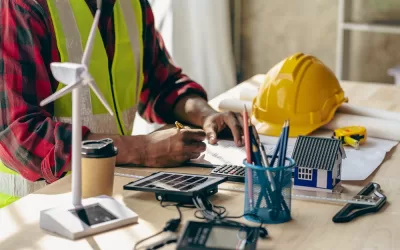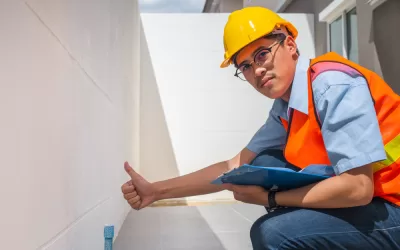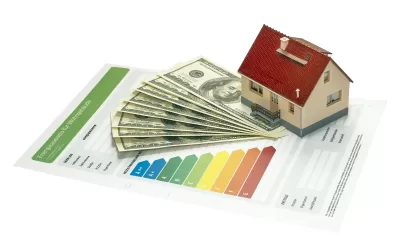Why you Need a Dilapidation Report
We all know how renovating or building your home can be both an exciting and stressful time. Even if you haven’t personally been involved in a building project, you’ll have heard from friends and family about the trials and tribulations that can happen. In fact, there’s a TV show all about it, The Block. And it’s one of the best performing series on Australian television. One thing that will help put your mind at ease when planning your build and preparing for construction is a Dilapidation Report.
So, what is a Dilapidation Report?
A Dilapidation report is an assessment and agreed record of a property’s condition at any given point in time. The building in the report may be in the same land or on a neighbouring property that might be affected by upcoming building or renovation works. The report conducted prior to any construction work, excavation or demolition to give homeowners and builders an accurate assessment of both the home structure and surroundings. It involves a third-party professional conducting an inspection of areas of concern, and then developing a report. The report also reveals any defects or issues on your property. A dilapidation report is something homeowners will request from a third-party building inspection business, like East Coast Building Consultants. If it’s likely construction work will have an adverse impact on neighbouring properties, a dilapidation report is essential. If not, it is still highly recommended.

What is inspected in the assessment?
All areas of the property of concern and its surroundings that are expected to be affected are inspected by a professional. This includes, and is not limited to:
- The building’s structure
- Driveways
- Street guttering
- Footpaths
- Nature strips and yards
- Fences
- Neighbouring houses or buildings
- Other relevant areas.
If there is something that is an area of concern to you, it’s important you tell the inspector before conducting the assessment.
Now that we’ve covered the basics of a dilapidation report, let’s have a look at a few reasons why you should always request one.
Understand the condition of your home
Unwelcome surprises are no fun at all, especially when you are half-way through your renovations. It’s important to know the true and accurate condition of the foundations of your building, so that new works take existing conditions into consideration. A dilapidation report, assessing the structure of your building, the yard, the driveway, the adjacent properties and council land, will reveal issues that you need to plan around or avoid. Say goodbye to unwelcome surprises – you’re prepared and know what you’re walking into.
To avoid and prevent unwelcome surprises when renovating or building, a Dilapidation report will establish a baseline of the building’s conditions prior to commencement of works.
Protect yourself against claims
Dilapidation Reports give you peace of mind. They are an accurate documentation of your home, your neighbours’ homes and surroundings before construction or demolition work begins. This provides an objective measure of how things might be changed or negatively impacted during your building project. It also helps you avoid costly disputes with neighbours and even the council later down the track. Essentially, you’re covering your back and playing it safe.
So, if you’re planning a renovation or build make sure you know what you’re dealing with. Consider how close your neighbours’ properties are, whether your building plans might disturb nature strips and trees, even footpaths and driveways. It’s always best to play it safe to maintain friendly relationships within your neighbourhood and protect yourself against litigation.



